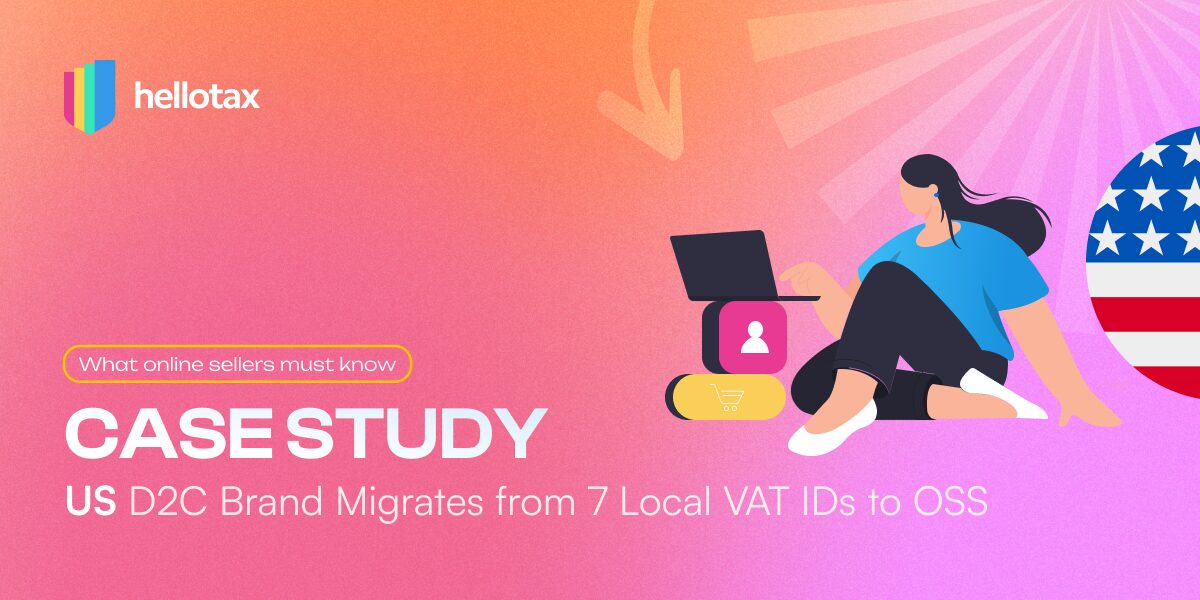An entrepreneur usually shows the respective value added tax (VAT) on the invoice. There are, however, cases that make a VAT statement overdue. But you have to make sure that the invoice is issued correctly in order to be able to issue a VAT-exempt invoice.
Antonia Klatt
Last Updated on 25 June 2021
In order to issue a VAT-exempt invoice, the reason for the missing VAT details must be given.
To prevent you from accidentally committing tax fraud, a meeting with your tax advisor is a good opportunity to review all the requirements for a VAT-exempt invoice.
Requirement for the invoice without VAT
A properly prepared invoice usually has to include the following information:
- the names and addresses of both service partners must be given in their entirety,
- the tax numbers must be included,
- the date of invoice and issue must be present,
- the quantity and type of delivery must be stated,
- the delivery date must be present,
- the missing VAT must be mentioned,
- and in the case of property-related services, attention must be drawn to the two-year retention period.
An incorrectly issued invoice without VAT causes unnecessary extra work and it may happen that the tax must still be paid. It is best to check twice and benefit from the tax exemption!
VAT free invoices: Domestic tax exemptions
Other economic sectors that are exempt from VAT, for example, the health care professions, local transport companies and the postal service. These sectors and whether they benefit from a VAT-exemption or not depends on the EU country. The example above apply for Germany. If an institution is exempt from VAT, you can issue a VAT-exempt invoice to it, subject to certain conditions, which would actually be subject to VAT.
Under certain circumstances it is also possible to reverse a domestic tax liability (reverse charge). In the case of reverse charge, as the name suggests, the tax debt is transferred from the service provider to the service recipient. This procedure prevents double taxation and avoids tax fraud.
Reverse-Charge-Verfahren
The reverse charge mechanism is a reversal of the tax liability from the supplier to the recipient.
Example: A Polish company purchases goods in Germany. The German company issues an invoice stating that it is a reverse charge procedure. As a result, no VAT is charged on the invoice, because the Polish company now pays VAT in Poland. Provided both VAT numbers and addresses of both companies are shown on the invoice.
Thus the German company saves the bureaucracy with foreign tax offices, the tax cannot be established twice and a tax fraud is avoided. It is enough to mention “Recipient is liable for VAT (reverse charge)” or you add the according legal paragraph, in this case “A reversal of the tax liability according to § 13b UStG: The recipient of the service is the tax debtor.”
This also applies to services provided for customers from third countries. A prerequisite is that an entrepreneurial certificate must be available. The appropriate formulation for this would be, for example: This invoice contains non-taxable services according to § 3a UStG.
NOTE: UStG is the German VAT Act, please check the legal situation in the country you are selling from to make sure to mentioned the right paragraph!
Summary
When issuing an invoice without VAT, you should make sure that all relevant information is listed in the invoice to avoid additional work, subsequent corrections or problems with tax offices. If you are a small business owner and wish to take advantage of the small business regulation, you should know that your decision is binding for the next five years.
In some cases, a reverse charge mechanism may be appropriate. In order to avoid a double deduction of tax, you should make use of this possibility, provided you meet the requirements.


